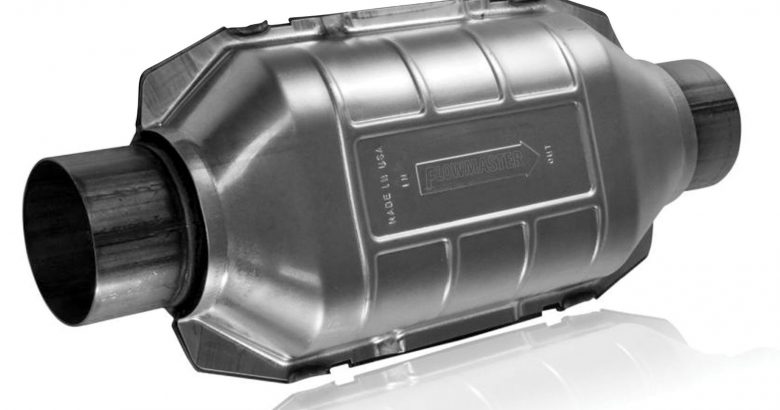
There are 253 million cars on the road in the United States, and each one is a source of air pollution. Especially in large cities, the amount of pollution that all these cars produce can cause serious problems. One of the best examples is the city of Los Angeles which frequently becomes enveloped in thick, dark smog under local air inversion conditions. This is not only unsightly, it is downright hazardous to people’s respiratory health.
To solve the myriad of problems that automotive air pollution was creating, back in the 1970s, the federal government and various cities, states created clean-air laws that restrict the amount of noxious gases that cars emit. To meet these new laws, automakers were forced to make refinements to car engines and fuel systems so they burned cleaner and more efficiently. One of the most significant of these refinements came about in 1975 with a device called a catalytic converter. The job of this device was quite remarkable. It took in noxious pollutants and chemically converted them into less harmful emissions.
What the converter does
A catalytic convertor is a muffler-like device mounted inline on the exhaust system on a car or truck. It converts three harmful gases into harmless ones:
- Carbon monoxide (a very poisonous gas) into carbon dioxide
- Nitrogen oxides (causes acid rain and smog) into nitrogen and oxygen
- Hydrocarbons (causes smog and respiratory problems) into carbon dioxide and water.
This magic is accomplished with ceramic beads (or a honeycomb matrix) coated with catalysts (usually alumina, ceria, combined with palladium, platinum, and rhodium) and various sensors that regulate the fuel and air passing through the engine. When these catalysts get flooded with exhaust gases, they “burn away” the carbon monoxide, nitrous oxides and hydrocarbons. The result is a far cleaner exhaust.
When they go bad
Today, catalytic converters are pretty trouble free but they occasionally fail. Our service experts at Bob Fisher Chevrolet of Reading, a local Chevrolet dealer in Reading, PA helped us with a few of the signs that a catalytic convertor is going bad:
- Your engine loses power
- Your engine stalls when idling
- Your car’s exhaust smells like rotten eggs
- You hear a rattling sound under the car
- The catalytic convertor is so hot it is smoking
In addition to these symptoms, the Check Engine Light (CEL) may come on to alert you and, if you attach a code reader, the CPU may throw a trouble code, like P0420 through P0423. If you experience any these symptoms, it probably time to have your mechanic take a look at it.
How to protect your converter
A catalytic converter is a reliable vehicle emission system device and can last a long time. However, some engine system problems, lack of proper engine maintenance, and driving mostly short trips can take a toll on a converter’s service life. Here’s a few suggestions to make your convertor last the lifetime of your car.
- Replace old or fouled spark plugs that can prevent proper combustion.
- Fix ignition system problems caused by poor maintenance or component failure.
- Use fuel and oil treatments to fight carbon buildup inside cylinders and around valves.
- Fix head gasket problems that allow oil or coolant to leak into the combustion chambers.
- Avoid driving only short trips (under 20 minutes) that prevent the catalytic converter from reaching operating temperature and burning off buildup.